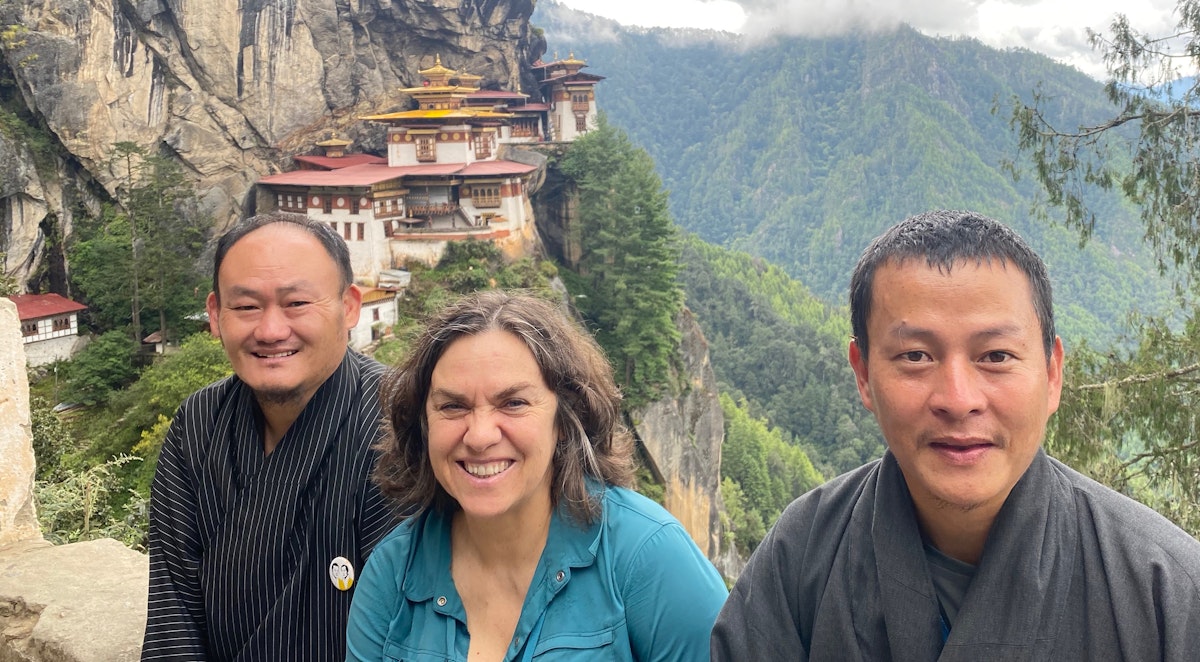For our walking tours you need to have a good level of fitness and for our Walking With The Thunder Dragon tour you will need a very good level of fitness.
For our treks you will need a very good level of fitness and for our remote extended treks you will need a very high level of fitness.
Our day hikes can go above 3,000 metres in altitude and our treks go above 4,000 or 5,000 metres, depending on the grading. You will be likely to experience shortness of breath but having good underlying fitness will help to overcome the altitude and make the whole trip more enjoyable.
Level 1 - Easy grade trips: good level of fitness with the ability to walk uphill over short distances of about 1 hour’s duration.
Level 2 - Easy-medium trips: very good level of fitness with the ability to walk sustained uphill distances for 3 hours.
Level 3 - Medium grade trips: high level of fitness with the ability to walk sustained uphill distances for 5 - 6 hours.
Level 4 - Medium-hard grade trips: very high degree of fitness with the ability to walk uphill for up to 7 hours.
Level 5 - Challenging level trips: excellent degree of fitness with the ability to walk uphill for up to 8 hours at altitude over 5,000 metres. There may be other challenges such as river crossings or rocky, uneven terrain and even ice or snow.


